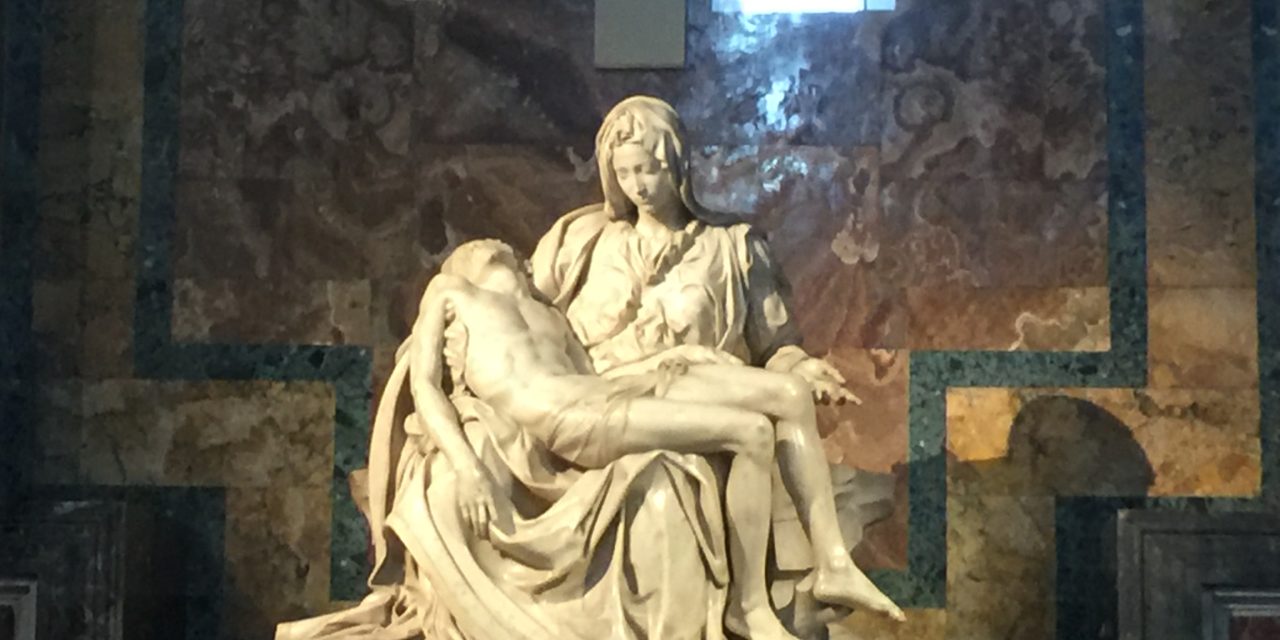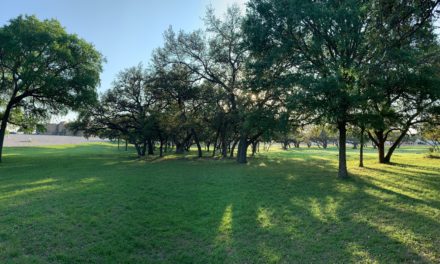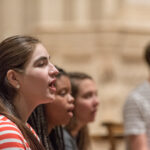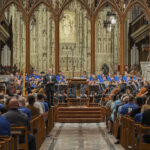ENHANCED LANDSCAPES 101
Lesson 3 – Pieta, David, and the Underrated Power of Art
On two recent journeys to Italy, two sculptures by Michelangelo captured my imagination and have continued to fascinate me ever since. I was privileged to visit both of these sculptures both times.
—-
On the first trip, we started out in the south of Italy – Sorrento, Positano, Naples and then to Rome – and we then headed north – Florence and Venice.
Seeing Rome first, we toured the Vatican with special attention given to St. Peter’s Basilica. As we entered through the Cathedral’s massive front doors leading in from St. Peter’s Square, we took an immediate right and walked over to view the Pieta sculpture, which is, of course, breathtakingly magnificent. After perhaps two minutes of standing there and silently taking in the beauty and simplicity of the masterpiece, I suddenly began to feel hot mist forming in my eyes. My heart quickened and my eyes filled with tears, although I don’t believe any teardrops actually fell. It was certainly an experience to remember and treasure.
Three days later, we made our way to Florence where we stopped in to see the all-famous David sculpture, dominating the focus and the crowds of the Galleria dell’Accademia. It too is highly impressive, plus it’s huge, much more massive than the Pieta in St. Peter’s.
—-
When I returned to Italy some months later, this time we arrived in the north – Milan – and moved southward in our sightseeing. This meant that we saw the David in Florence first, and then two or three days later, we were in Rome. This time, when we approached the Pieta, I stood there no more than thirty seconds when I mysteriously and suddenly began to weep. Tears were streaming hotly down my face, and I was self-conscious that I might be making a scene or distracting the other tourists with my tears. But no one seemed taken aback by my silent emotion. Perhaps they could not see my tears because of their own! For the next – I don’t know – maybe forty-five minutes or an hour, I stood in silence before this exquisite masterpiece depicting Mary and her lifeless Son. I decided to leave several times, but somehow, I felt almost tethered by the emotion of the holy moment I was still experiencing. I did not want to go.
That night back at the hotel, I began to wonder why I experienced that profound and prolonged reaction upon seeing Pieta the second time. And then it dawned upon me.
Remember, on our first visit, we saw Pieta first, and after that, David. On the second tour, we saw David first and then Pieta.
In the verile, rugged, huge, strong, powerful, focused, and determined David, Michaelangelo outdid himself in capturing energy, strength, fierceness, manliness, zeal, courage, power … LIFE! The masterpiece is so life-like that it appears as if it might actually move … just any moment now!
In the Pieta, we see the polar opposite. To the exact extent Michelangelo captured life, dynamic energy and determined strength in David, he captured surrender, sacrifice, selfless death, and abject sorrow in Pieta. When you see David’s “life” first, Jesus’ death grabs you by the throat … or at least that was the effect it had on me! Nothing I have ever seen looks as dead as the lifeless, Carrara marble form lying on and hanging over Mary’s lap. Jesus appears as dead as David looks alive. And Mary … poor Mary is simply in shock, stunned and with a glazed expression in utter disbelief and grief. I suppose the pitiful expression on her face will be forever etched in my heart. After all, pieta means pity.
Someone has said that art is the greatest conveyor of truth. When you experience and feel the tsunami of emotions of Pieta, you may well agree that art is the greatest communicator of all.
That’s what makes choral music so powerful in its colors, textures, nuances, dimensions, layers, levels, texts, harmonies, melodies, rhythms, pathos.
Do you feel a profound sense of gratitude for the opportunity to be a part of such powerful, life-changing communication through the art of chorale music? I hope so, because there is truly nothing to compare to it!
Randy Edwards
Assignment:
- Describe a time when you were caught off guard and deeply moved by the power of art. As you walked away from the experience, did you make any new decisions about your future?
- How can we provide students opportunities to experience for themselves the emotion of art … all without manipulating their emotions or glamorizing the emotional response over the art itself?










